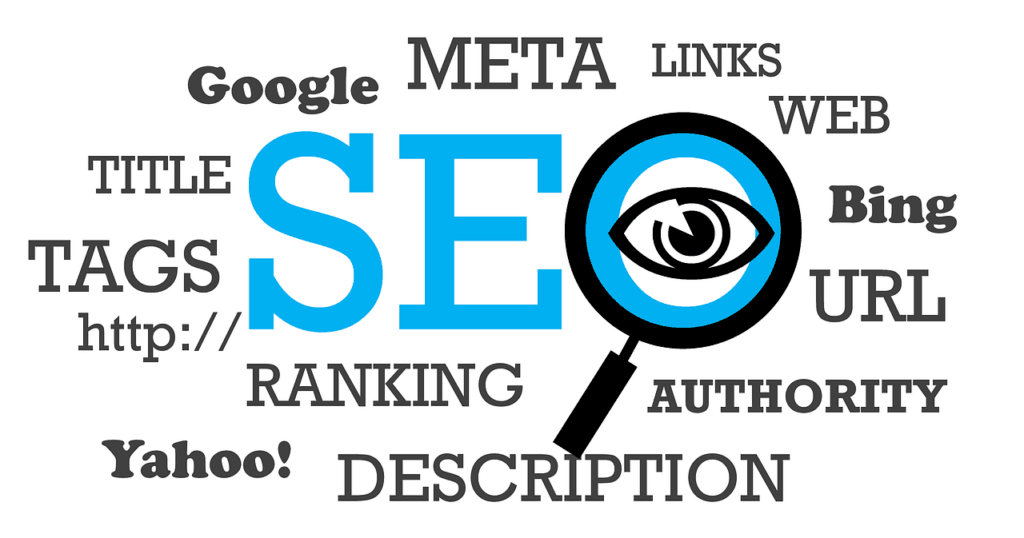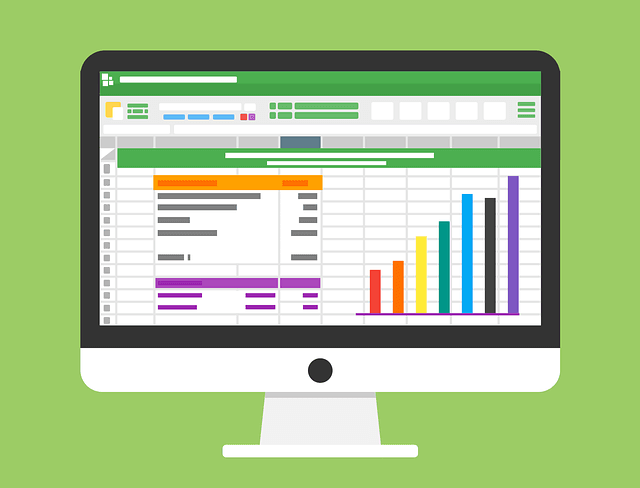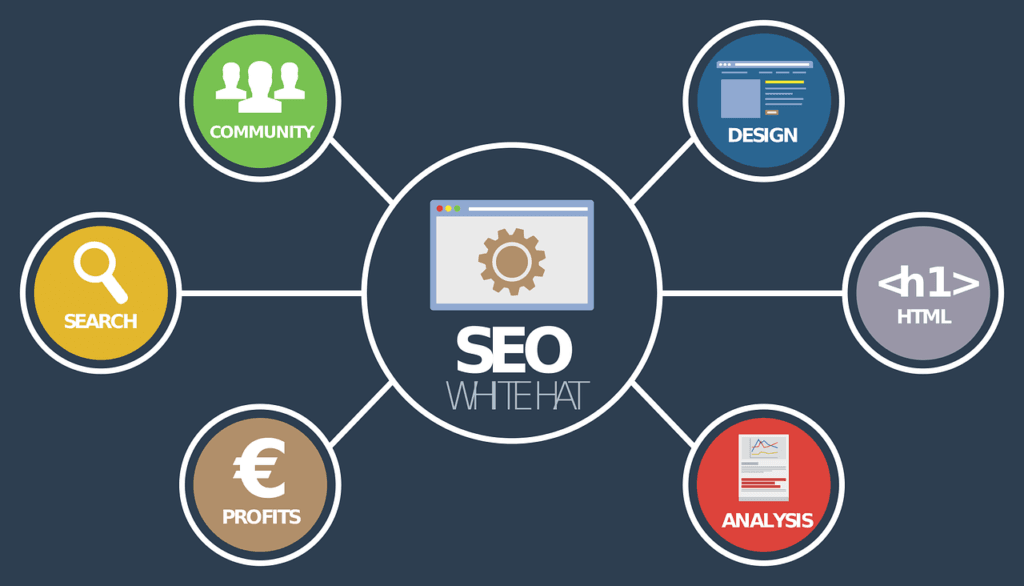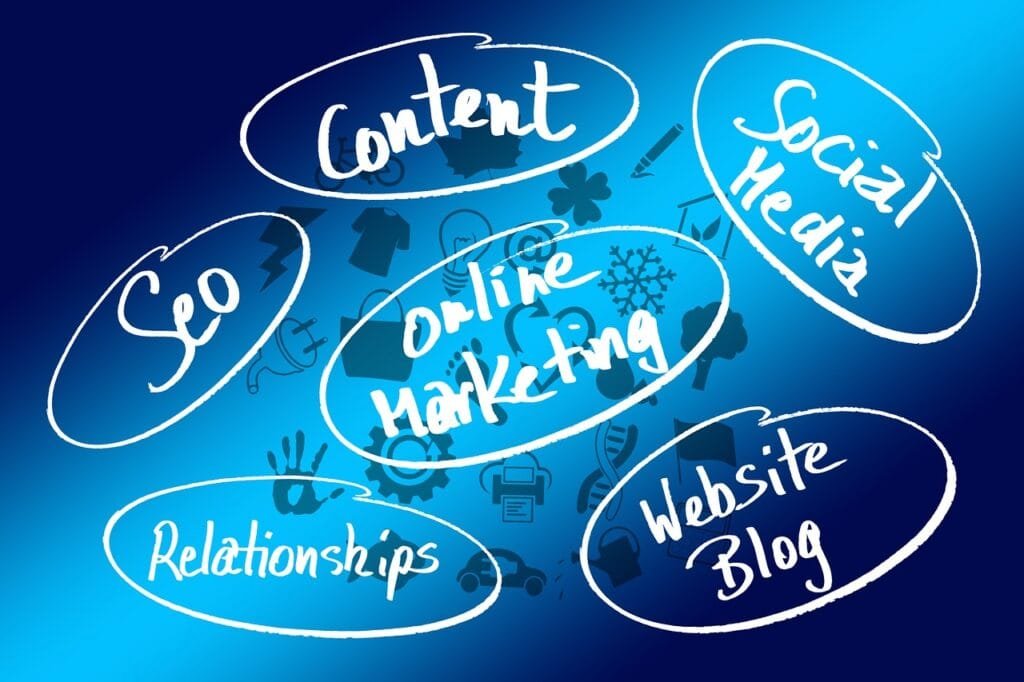In the intricate world of biotechnology, where complex data is the norm, conveying information in an easily digestible format is paramount. Here, infographics emerge as a pivotal tool, bridging the gap between scientific complexity and public comprehension. They don’t just offer visual engagement; they transform intricate datasets into intelligible, actionable insights.
In the evolving digital space, the engagement metric is king. With the average human attention span diminishing, the onus is on biotech firms to convey their message swiftly and effectively. Infographics are not just about aesthetic appeal. They are powerful storytelling tools, meticulously weaving data with design to impart knowledge, instigate action, and influence perceptions.
The Art and Science of Infographics
Creating an effective infographic is both an art and a science. It entails the artistic flair of design and the precision of data representation. In the biotech sphere, where information is often complex and nuanced, the challenge is multifaceted. It’s about ensuring accuracy while fostering engagement, instigating not just interest but understanding.
Crafting Compelling Biotech Infographics
Data Selection
It begins with selecting the right data. The essence of an effective infographic lies in its ability to convey complex information simply. In biotech, where data is intricate, selection becomes crucial. It’s about isolating key data points, those gems of insights that are both integral and engaging.
Visual Elements
The visual elements are not merely decorative. They are instrumental in data representation, each element meticulously chosen to convey, clarify, and complement the data. Here, color schemes, icons, and layouts are not just design choices; they are communication tools, each playing a pivotal role in data visualization and comprehension.
Narrative Weaving
The potency of a well-crafted infographic lies in its narrative prowess. Each visual element, data point, and textual content is a narrative component, meticulously woven to tell a story. In biotech, this narrative is often multifaceted, echoing the voices of scientists, investors, and the public. The challenge and art lie in weaving these diverse voices into a coherent, engaging, and actionable narrative.
Audience Engagement
Engagement is not just a buzzword; it’s a metric, an outcome, and an aspiration. In the biotech sector, engagement translates into awareness, investment, and innovation. Infographics, with their visual allure and informational richness, are potent engagement tools. However, engagement is not inherent; it’s crafted. It hinges on the synergy of design, data, and distribution, each element meticulously optimized to captivate, retain, and engage the audience.
Optimization for SEO
In the digital landscape, visibility is as crucial as content. An infographic might be rich in data and design, but without visibility, its reach and impact are limited. Here, SEO emerges as a pivotal player, not just amplifying visibility but enhancing engagement.
Keyword Integration
SEO for infographics isn’t linear; it’s multifaceted. It begins with keyword integration, where textual elements are optimized with targeted keywords. However, in biotech, where terminologies are often technical, the challenge is to balance SEO with comprehension, ensuring that content is both search-friendly and user-friendly.
Image Optimization
Image optimization is pivotal in enhancing the infographic’s visibility. Given that search engines can’t “read” images, the onus is on alternative texts and descriptions to convey the content’s essence. These elements are not just SEO tools; they are accessibility enhancers, ensuring that content is accessible, engaging, and SEO-friendly.
Backlink Generation
One of the magnetic forces of an infographic is its shareability. A well-crafted, data-rich, visually appealing infographic is not just content; it’s a shareable asset, a link magnet. In the biotech realm, where content is often intricate and niche, infographics can play a pivotal role in generating quality backlinks.
Sharing Platforms
Leveraging the right platforms is key to amplifying the infographic’s reach. Biotech firms can harness the power of social media, industry forums, and specialized publication platforms to disseminate content. Each share, like, and comment is not just an engagement metric; it’s a potential backlink, an SEO asset.
Collaborative Content Creation
Collaborations can amplify the backlink generation process. By partnering with industry influencers, research institutions, and niche publications, biotech firms can enhance content credibility, reach, and SEO potency.
Tracking Effectiveness
Analytics Integration
Every infographic is a data goldmine, offering insights not just through its content but its analytics. By integrating tools like Google Analytics, biotech firms can track engagement, shares, and backlinks, translating data into actionable SEO insights.
User Engagement Metrics
Metrics like bounce rate, average session duration, and social shares are pivotal in assessing the infographic’s engagement quotient. In the biotech sector, these metrics can offer insights into audience preferences, content effectiveness, and SEO strategies.
Fine-Tuning Strategies
A/B Testing
SEO is not static; it’s dynamic, evolving with audience preferences, search engine algorithms, and content trends. Biotech firms can employ A/B testing to assess content variants, optimizing infographics not just for visual appeal but SEO potency.
SEO Updates
SEO algorithms are perpetually evolving. Staying abreast of these changes and aligning content strategies accordingly can ensure that biotech infographics are not just data-rich and visually appealing but SEO optimized.
Adaptability and Evolution
In the context of infographics within the biotechnology sector, adaptability becomes paramount. The scientific realm is constantly evolving with new discoveries, technologies, and insights. Infographics must not only capture the current state of knowledge but be flexible enough to evolve.
Real-Time Data Integration
Leveraging real-time data can elevate the value and relevance of biotech infographics. Integrating live data feeds, updating statistical figures, and ensuring that the visual content reflects the most current state of knowledge not only enhances credibility but also SEO value.
Responsive Design
The consumption of online content isn’t confined to desktops. With the proliferation of mobile devices, ensuring that infographics are responsive and mobile-optimized is not a choice but a necessity. This doesn’t just augment user experience but also bolsters SEO rankings.
Future of Biotech Infographics
AI and Machine Learning
AI and machine learning are not distant technologies but current allies in creating dynamic, interactive, and personalized infographics. They enable content that adapts to individual user preferences, behavior, and interactions, ensuring a customized, engaging experience.
VR and AR Integration
The future of biotech infographics isn’t just flat images but immersive experiences. Integrating virtual reality (VR) and augmented reality (AR) can transform static data into interactive, engaging, and experiential content, marking the next frontier in visual communication and SEO.

Related: Check out our free SEO suite

The Integration of Data Science in Biotech Infographics
Data Analytics and Visualization
One of the underexplored yet critical aspects of creating impactful biotech infographics is the integration of data analytics. The role of data science in extracting actionable insights, patterns, and trends from complex datasets is invaluable. It involves employing advanced analytical tools and algorithms to sift through vast and intricate biotech data, ensuring that the information presented in the infographics is not just visually appealing but backed by solid, credible, and current data.
Predictive Analytics
Predictive analytics in the realm of biotech infographics involves utilizing statistical algorithms and machine learning techniques to predict future trends and patterns. For biotech firms, this means being able to project future innovations, outbreaks, or medical trends. Infographics powered by predictive analytics can be a potent tool for SEO, drawing in audiences who are looking for forward-looking, predictive content.
Storytelling through Biotech Infographics
Narrative Visualization
Beyond static visuals, there is a growing emphasis on narrative visualization. This approach integrates storytelling elements within infographics, weaving data into compelling narratives. Each visual element tells a part of a larger story, engaging the audience and drawing them into a journey. For SEO, these narrative infographics can boost user engagement metrics, leading to enhanced search visibility.
Interactive Storytelling
Interactive storytelling infographics offer audiences a participatory experience. Users can interact with data, explore various elements, and tailor their content journey. This high level of engagement can significantly reduce bounce rates and increase time on page, leading to SEO benefits.
Accessibility and Inclusivity in Design
Universal Design Principles
In the creation of biotech infographics, adhering to universal design principles ensures accessibility. It means creating content that is accessible to people with disabilities, including those with visual impairments. Alt texts, accessible fonts, and color contrasts enhance the inclusivity of the content, making it accessible to a broader audience, and this inclusivity can also positively impact SEO.
Multilingual Infographics
With the global nature of the biotech industry, multilingual infographics are becoming essential. Translating and localizing content to cater to a global audience ensures that the insights and innovations captured in the infographics are accessible to a global audience, enhancing international SEO efforts.
The Ethical Dimensions
Data Privacy and Security
As biotech infographics often rely on sensitive and proprietary data, addressing data privacy and security is paramount. Ensuring that the data visualized respects privacy norms and regulations, like GDPR and HIPAA, is not just an ethical imperative but can also impact SEO. Search engines are increasingly factoring in privacy and security in their ranking algorithms.
Transparency and Credibility
Maintaining transparency in the data sources, methodologies, and interpretations is crucial. Ethical considerations in representing data accurately, avoiding manipulations or misrepresentations, not only build credibility but also trust, which is a soft yet significant SEO factor.
Conclusion
In the dynamic interplay between the biotech industry and SEO, infographics emerge as a potent tool, a visual medium that doesn’t just communicate but engages, educates, and influences. The transformation of intricate, complex biotech data into visually appealing, comprehensible, and interactive infographics is an art and science amalgamated, meticulously crafted to cater to the evolving demands of the audience and the stringent algorithms of search engines.
The advent of technologies like AI and machine learning, coupled with a profound emphasis on data analytics, predictive analytics, and interactive storytelling, has elevated the status of biotech infographics. They are no longer mere visual aids but have metamorphosed into interactive platforms, offering personalized, engaging, and immersive experiences. Every element, color, design, and data point is strategically placed to not just attract but retain, not just inform but engage. In the SEO landscape, these infographics are not just content but valuable assets, each designed to enhance user engagement, reduce bounce rates, increase time on page, and boost search rankings. Every infographic is SEO-optimized, strategically infused with keywords, alt texts, and meta tags, ensuring visibility, discoverability, and accessibility.
READ NEXT:
- Let’s Discuss How We Can Help Improve Your Business
- Content Gap Analysis for SEO: Identifying Opportunities
- Currency and Language Switchers: SEO Best Practices
- How to Retarget Your Website Visitors on Facebook
- External Links and On-Page SEO: Quality Over Quantity




















Comments are closed.